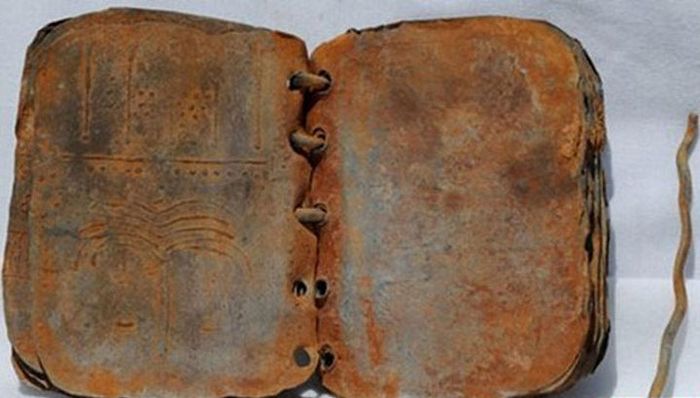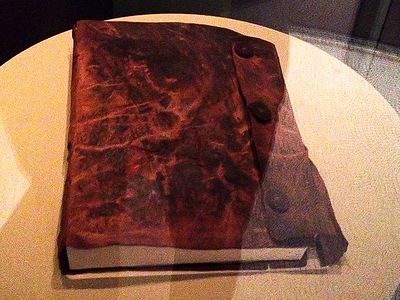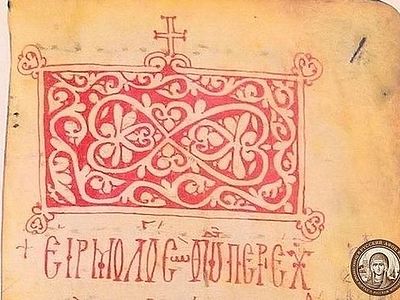Moscow, December 2, 2016
Physicists from the British university of Surrey have proven the authenticity of 2,000-year-old metallic scrolls found in 2008 in a Jordanian cave. The book, with a portrait of Christ, describes the appearance of God in Solomon’s temple as Jesus prayed, reports Vesti.Ru with reference to Yahoo! News.
The unique, historical artifact is made of several sheets of lead bonded with wire. The text, engraved on the metal surface, says that the teaching of Christ was not a new religion, but the revival of the ancient Jewish religious tradition. The apostles John, Peter and James are also mentioned on the pages of the ancient book.
For almost eight years researchers were unable to establish the authenticity of the book, and for a long time it was considered a counterfeit. British physicists Chris Jeynes and Roger Webb set about working on precisely this point, conducting a chemical analysis of the find.
They established that the composition of the alloy is based on lead, which the book is made from, identical to the composition of ancient Roman lead plates. According to the scientists, the isotopic analysis excludes that it could have been fabricated in the twentieth or twenty-first century.





